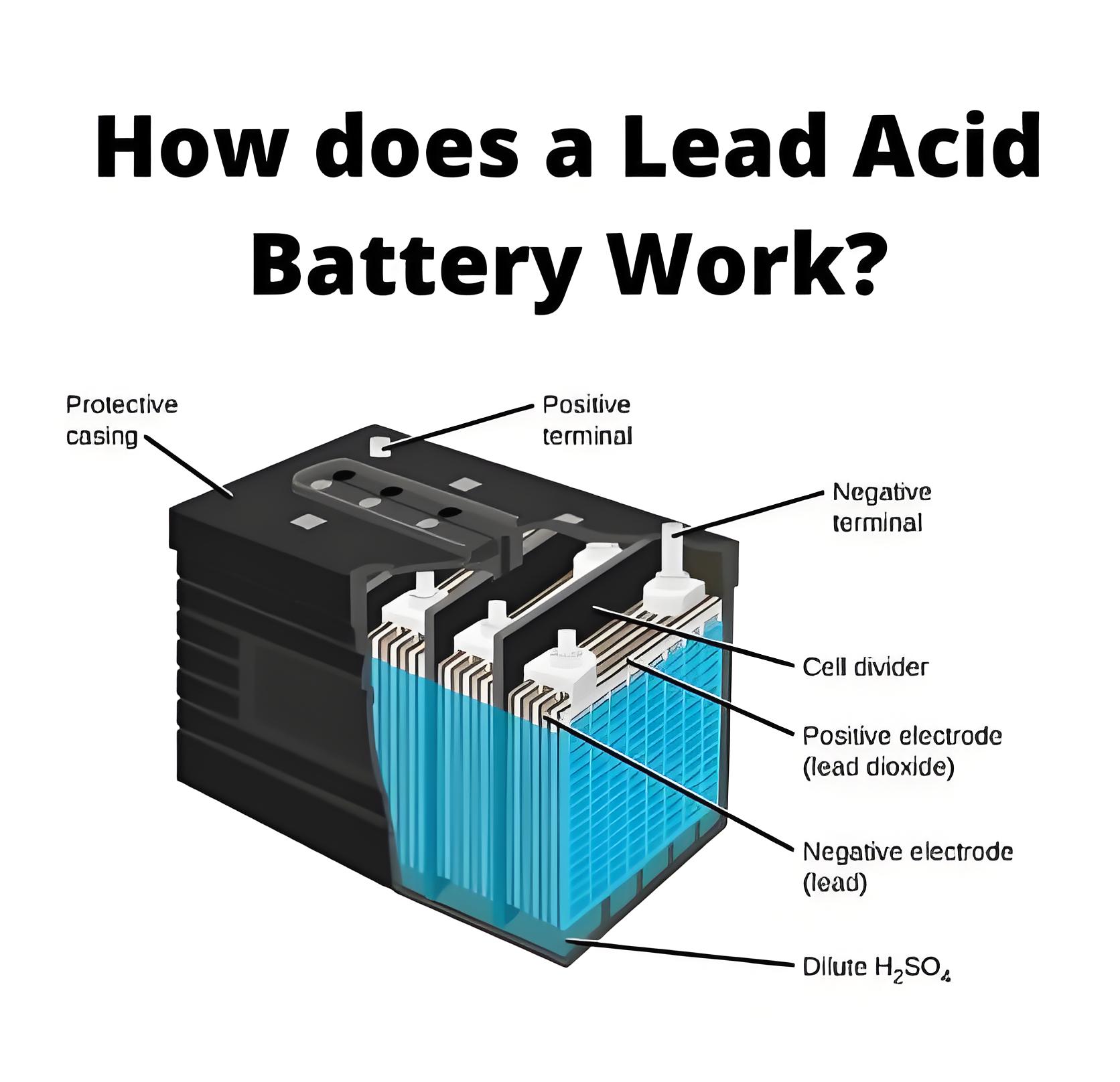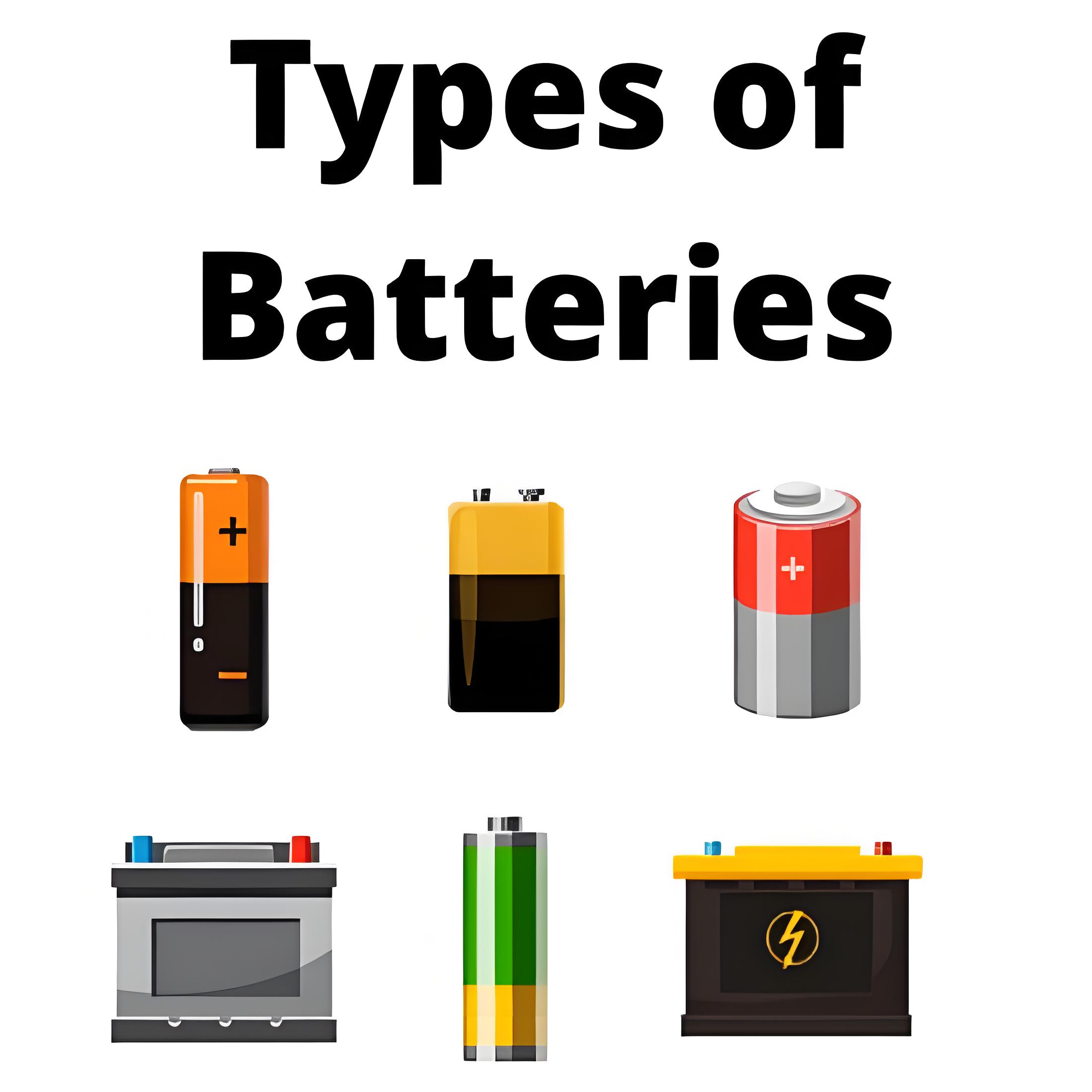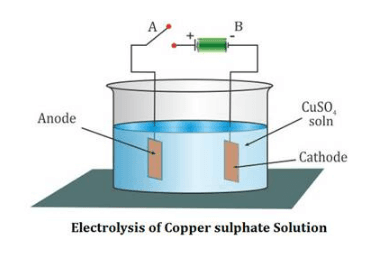Ionization: Definition, Process, and Examples
Ionization is a fundamental concept in chemistry and physics that describes the transformation of electrically neutral atoms or molecules into electrically charged ones. Ionization occurs when an atom or molecule gains or loses one or more electrons, resulting in a positive or negative charge. The charged atom or molecule is called an ion.
Ionization can happen in various ways, such as through collisions, chemical reactions, or exposure to electromagnetic radiation. Ionization plays an important role in many natural and technological phenomena, such as auroras, ionospheric communication, mass spectrometry, radiation therapy, and nuclear fusion.
In this article, we will explain the ionization process in detail, using sodium chloride (NaCl) as an example. We will also discuss the factors that affect the ionization process, such as the ionization energy and the relative permittivity of the medium. Finally, we will provide some examples of ionization in different contexts.
What is the Ionization Process?
The ionization process involves the transfer of electrons between atoms or molecules. To illustrate this process, let us consider the case of sodium chloride (NaCl), which is a common salt that we use in our daily life.
Sodium chloride consists of sodium (Na) atoms and chlorine (Cl) atoms that are held together by an electrostatic force. The atomic number of Na and Cl are 11 and 17, respectively, which means that they have 11 and 17 electrons orbiting their nuclei.
The arrangement of these electrons is shown in the figure below. The electrons are distributed in different shells or orbits around the nucleus, according to their energy levels. The outermost shell is called the valence shell, and it determines the chemical properties of the atom.

As you can see from the figure, the Na atom has only one electron in its valence shell, while the Cl atom has seven electrons in its valence shell. To achieve a stable configuration, atoms tend to have eight electrons in their valence shell, following the octet rule.
Therefore, both Na and Cl atoms are unstable or chemically active. When they come close to each other, they undergo a chemical reaction that involves the exchange of electrons.
The Na atom loses its valence electron and becomes a positively charged ion (Na+), while the Cl atom gains an electron and becomes a negatively charged ion (Cl-). This process is called ionization.

The Na+ and Cl- ions are attracted to each other by an electrostatic force, forming a NaCl molecule. This force is proportional to the product of their charges and inversely proportional to the square of their distance, according to Coulomb’s law.
The equation for Coulomb’s law is:
Where F is the force, Q1 and Q2 are the charges, r is the distance, and εr is the relative permittivity of the medium.

The relative permittivity (also called dielectric constant) is a measure of how much a material reduces the electric field inside it compared to a vacuum. The relative permittivity of vacuum is 1 by definition.
The relative permittivity affects the strength of the electrostatic force between ions. For example, the relative permittivity of air is about 1.0006, while the relative permittivity of water at 20°C is about 80.
This means that when NaCl dissolves in water, the electrostatic force between Na+ and Cl- ions becomes 80 times weaker than in air. As a result, the Na+ and Cl- ions separate from each other and become free to move in the solution.
Ionization Energy and Its Factors
One of the factors that affect the ionization process is the ionization energy. The ionization energy is the amount of energy required to remove an electron from an isolated, gaseous atom or molecule in its ground state. The ionization energy is usually expressed in kJ/mol, or the amount of energy it takes for all the atoms in a mole to lose one electron each.
The ionization energy depends on several factors, such as the atomic number, the atomic radius, the electronic configuration, and the shielding effect of the inner electrons. These factors influence how strongly the nucleus holds the valence electrons and how easily they can be removed.
The ionization energy generally increases from left to right across a period and decreases from top to bottom down a group in the periodic table. This is because:
The atomic number increases from left to right across a period, which means that the nuclear charge increases, and the valence electrons are more attracted to the nucleus.
The atomic radius decreases from left to right across a period, which means that the valence electrons are closer to the nucleus and more difficult to remove.
The electronic configuration changes from left to right across a period, which means that some elements have more stable or half-filled orbitals that require more energy to disrupt.
The shielding effect of the inner electrons increases from top to bottom down a group, which means that the valence electrons are less affected by the nuclear charge and more easily removed.
There are some exceptions to this general trend, such as the alkaline earth metals (group 2) and the nitrogen group elements (group 15). These elements have higher ionization energies than their neighboring elements because they have either completely filled or half-filled orbitals, which are more stable and resistant to ionization.
The ionization energy is important for understanding the chemical behavior of elements and their tendency to form covalent or ionic bonds with other elements. Elements with low ionization energies tend to lose electrons and form positive ions (cations), while elements with high ionization energies tend to gain electrons and form negative ions (anions). Elements with similar ionization energies tend to share electrons and form covalent bonds.
For example, sodium (Na) has a low ionization energy of 496 kJ/mol, while chlorine (Cl) has a high ionization energy of 1251.1 kJ/mol. When they react, sodium loses an electron and becomes Na+, while chlorine gains an electron and becomes Cl-. They form an ionic bond by electrostatic attraction between their opposite charges.
On the other hand, carbon © and oxygen (O) have similar ionization energies of 1086.5 kJ/mol and 1313.9 kJ/mol, respectively. When they react, they share electrons and form covalent bonds by overlapping their orbitals. They form molecules like CO2 (carbon dioxide) or CO (carbon monoxide).
The difference in ionization energies between two reacting elements can be used to predict the type of bond they form. A large difference (>1.7) indicates an ionic bond, a small difference (<0.4) indicates a nonpolar covalent bond and an intermediate difference (0.4-1.7) indicates a polar covalent bond.
Examples of Ionization in Different Contexts
Ionization can occur in various contexts, such as in nature, in technology, and in laboratory experiments. Here are some examples of ionization in different situations:
In nature, ionization can occur when atoms or molecules are exposed to high-energy radiation from cosmic rays, the Sun, or other sources. For example, the solar wind, which consists of charged particles emitted by the Sun, can ionize the atoms and molecules in the Earth’s upper atmosphere, creating a layer of plasma called the ionosphere. The ionosphere reflects and refracts radio waves, enabling long-distance communication and navigation. Another example of natural ionization is the formation of auroras, which are colorful displays of light caused by the interaction of charged particles from the solar wind with the Earth’s magnetic field and atmosphere. The charged particles collide with air molecules and ionize them, causing them to emit light of different colors depending on their energy levels and types.
In technology, ionization can be used for various purposes, such as in mass spectrometry, radiation therapy, and nuclear fusion. Mass spectrometry is a technique that measures the mass-to-charge ratio of ions produced by ionizing a sample of matter. This technique can be used to identify and quantify the chemical composition of substances, such as drugs, proteins, pollutants, etc. Radiation therapy is a treatment that uses ionizing radiation to kill cancer cells or shrink tumors. The radiation damages the DNA of the cancer cells and prevents them from dividing and spreading. Nuclear fusion is a process that involves fusing two light nuclei into a heavier one, releasing a large amount of energy. This process requires very high temperatures and pressures to overcome the electrostatic repulsion between the positively charged nuclei. One way to achieve this is by using ionized gas or plasma as the fuel for fusion reactors.
In laboratory experiments, ionization can be induced by various methods, such as by applying an electric field, heating a substance, or by exposing a substance to light. For example, an electric field can be used to ionize a gas in a discharge tube, creating a glowing plasma that emits light of different wavelengths depending on the type of gas. Heating a substance can cause it to lose electrons and become ionized due to thermal agitation. For example, when sodium metal is heated in a flame, it emits a yellow light due to the ionization of sodium atoms. Exposing a substance to light can cause it to absorb photons and eject electrons, resulting in photoionization. For example, when hydrogen gas is exposed to ultraviolet light, it absorbs photons and releases electrons, creating hydrogen ions and free electrons.
Conclusion
Ionization is a process that changes the electrical charge of atoms or molecules by gaining or losing electrons. Ionization can occur in various ways, such as through collisions, chemical reactions, or exposure to electromagnetic radiation. Ionization affects the chemical and physical properties of matter and plays an important role in many natural and technological phenomena.
In this article, we have explained the ionization process using sodium chloride as an example. We have also discussed the factors that affect the ionization process, such as the ionization energy and the relative permittivity of the medium. Finally, we have provided some examples of ionization in different contexts, such as in nature, in technology, and in laboratory experiments.
Statement: Respect the original, good articles worth sharing, if there is infringement please contact delete.
Welcome to our electricity community! Established to facilitate the exchange and cooperation in the electricity industry and bridge professionals, enthusiasts, and related enterprises.





